As Fed Keeps Rates Steady, Savings Rate Growth Slows
Some experts say now would be a good time to lock in a much better savings rate on your accounts.
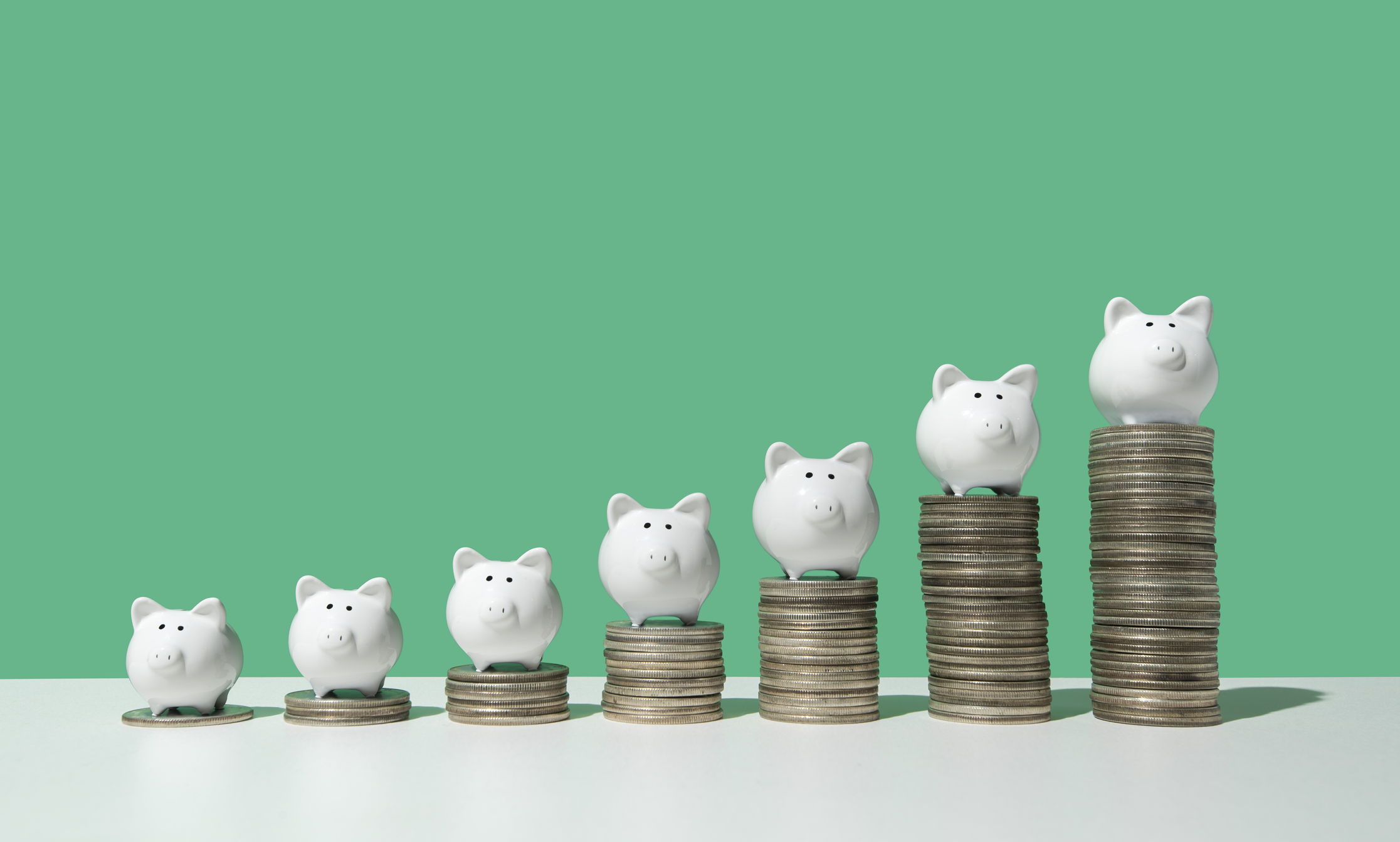

The Federal Reserve opted to hold interest rates steady at its most recent policy-setting meeting in January, keeping the federal funds rate at a target range of 5.25% to 5.50%. As interest rates remain steady, future savings rates for high-yield savings accounts may or may not increase. Although a Fed increase would have helped to push rates higher, tighter lending policies may have the same effect.
“Savers have another good year in which their returns will shine, with inflation expected to decline further,” said Greg McBride, CFA, Bankrate’s chief financial analyst in response to the Fed meeting. He predicts two Fed rate cuts in 2024, yet he says CD yields will continue to top inflation.
Should you get a new savings account now?
Typically, as the federal funds rate is increased, banks will raise interest rates on high-yield accounts to stay competitive in the market and attract deposits, meaning you’re more likely to see these rate increases among smaller, online banks as opposed to brick-and-mortar institutions.

Sign up for Kiplinger’s Free E-Newsletters
Profit and prosper with the best of expert advice on investing, taxes, retirement, personal finance and more - straight to your e-mail.
Profit and prosper with the best of expert advice - straight to your e-mail.
With rates on savings accounts already surpassing 5% in some cases, it's a good idea to park your cash in one of these top-yielding accounts to take advantage of rates while they're still high. As inflation continues to decline, savings rates could go down with it when the Fed starts lowering rates, which it has indicated it may do so next year.
McBride says, “Interest rates took the elevator going up but are going to take the stairs coming down.” He recommends consumers consider locking in longer-term CDs, which are peaking now, and seek out one of the top-yielding savings accounts, which are pulling in more than 5% and are still rising.
Below are today’s high-yield savings rates. If you’re earning a low rate on your savings account, now is a good time to gain with the best rates. While the national average yield for savings accounts is only 0.57 % APY, high-yield accounts offer much more than that, with many rates over 5%.
Wednesday’s Fed action means rates on mortgages, credit card APRs and other loans could decline.
The Fed has raised rates 11 times since March 2022 in an attempt to combat high inflation by driving spending down as consumers realize higher commercial interest rates. When to expect rates cuts is unclear. At their January meeting, the FOMC statement said "the Committee does not expect it will be appropriate to reduce the target range until it has gained greater confidence that inflation is moving sustainably toward 2 percent."
Related Content
Get Kiplinger Today newsletter — free
Profit and prosper with the best of Kiplinger's advice on investing, taxes, retirement, personal finance and much more. Delivered daily. Enter your email in the box and click Sign Me Up.

Erin pairs personal experience with research and is passionate about sharing personal finance advice with others. Previously, she was a freelancer focusing on the credit card side of finance, but has branched out since then to cover other aspects of personal finance. Erin is well-versed in traditional media with reporting, interviewing and research, as well as using graphic design and video and audio storytelling to share with her readers.
-
 6 Stunning Waterfront Homes for Sale Around the US
6 Stunning Waterfront Homes for Sale Around the USFrom private peninsulas to lakes, bayous and beyond, Kiplinger's "Listed" series brings you another selection of dream homes for sale on the waterfront.
By Charlotte Gorbold Published
-
 Six Reasons to Disinherit Someone and How to Do It
Six Reasons to Disinherit Someone and How to Do ItWhether you're navigating a second marriage, dealing with an estranged relative or leaving your assets to charity, there are reasons to disinherit someone. Here's how.
By Donna LeValley Published
-
 Should You Buy a Vacation Home?
Should You Buy a Vacation Home?If you vacation to a beloved destination again and again, purchasing a home there may be a smart move — but don’t overlook the costs and effort that go into it.
By Emma Patch Last updated
-
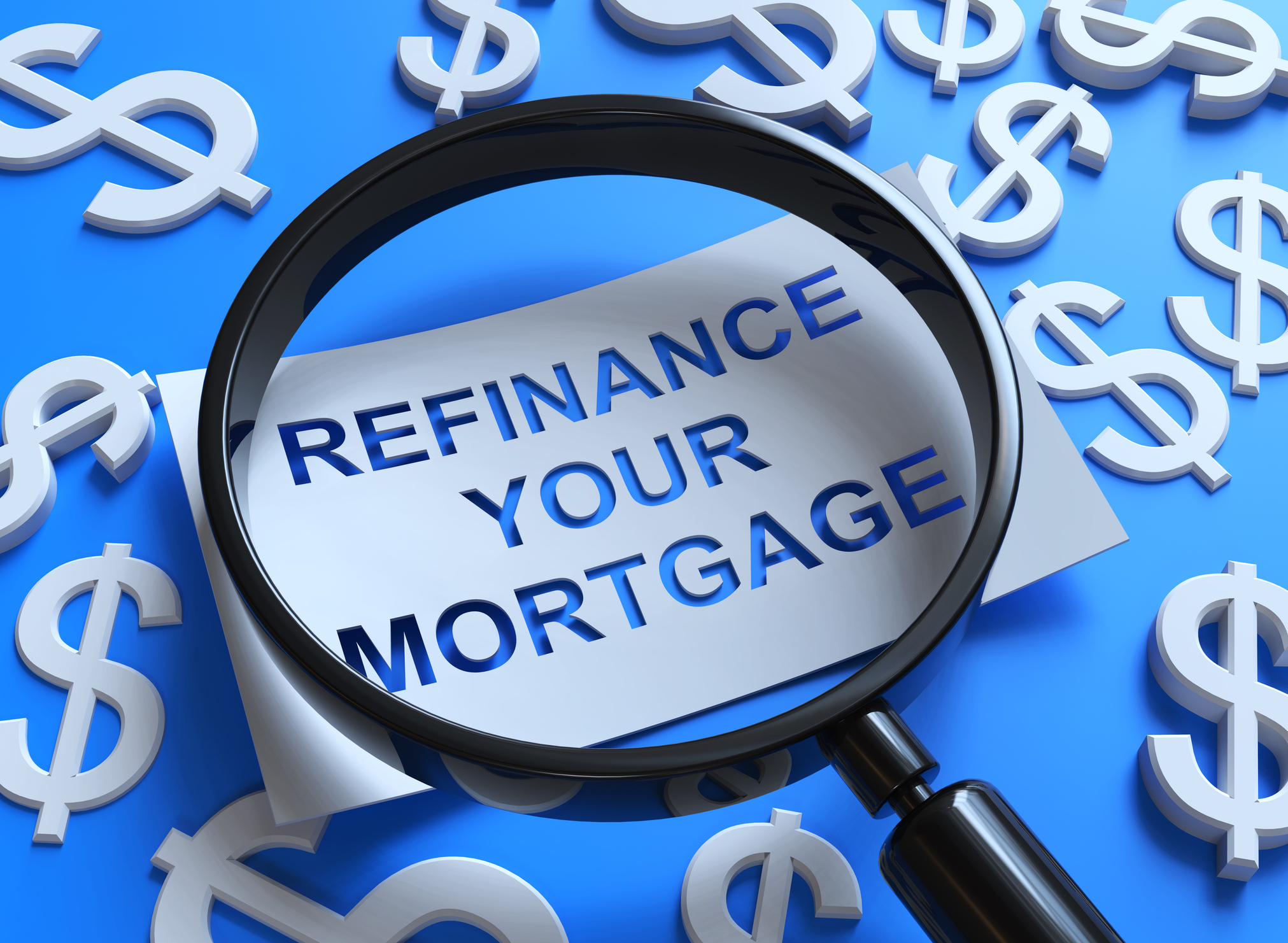 Should You Refinance Your Mortgage Now That the Fed Just Cut Rates?
Should You Refinance Your Mortgage Now That the Fed Just Cut Rates?The Fed just cut rates, so mortgage refinance rates will be cheaper. Should you act now, or wait?
By Donna LeValley Last updated
-
 Mortgage Rates Are Falling: 10 Housing Markets That Could Benefit the Most
Mortgage Rates Are Falling: 10 Housing Markets That Could Benefit the MostThese are the top 10 metro areas where the most mortgages are unlocked by lower rates. Plus, the magic number for mortgage rates.
By Erin Bendig Last updated
-
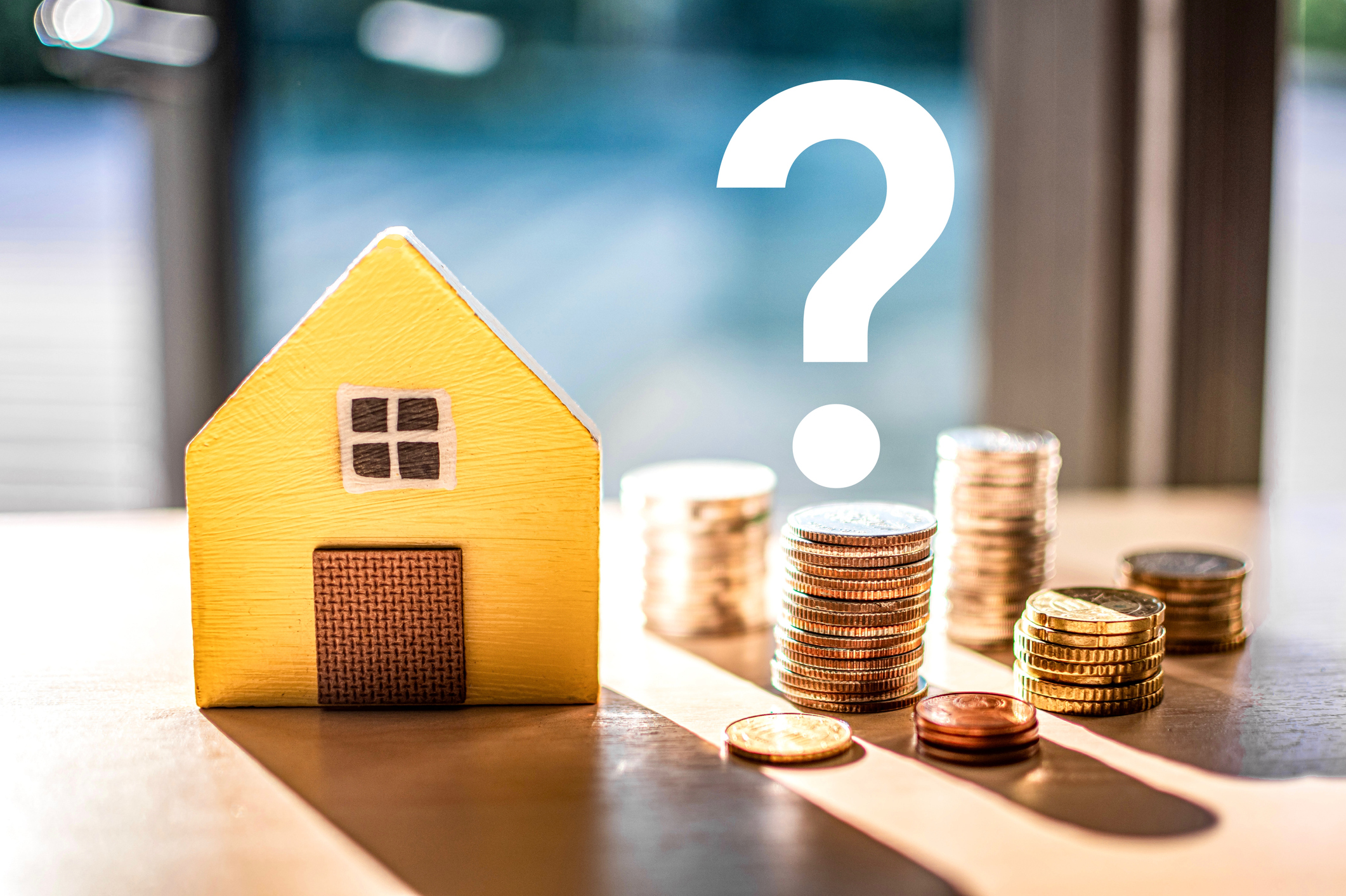 With Mortgage Rates Dipping, Is Now a Good Time to Buy a House?
With Mortgage Rates Dipping, Is Now a Good Time to Buy a House?Pricing pressure, interest rates, and rising unemployment numbers have sidelined homebuyers. But now that the Fed has cut rates, is it a good time to think about getting back into the market?
By Kathryn Pomroy Last updated
-
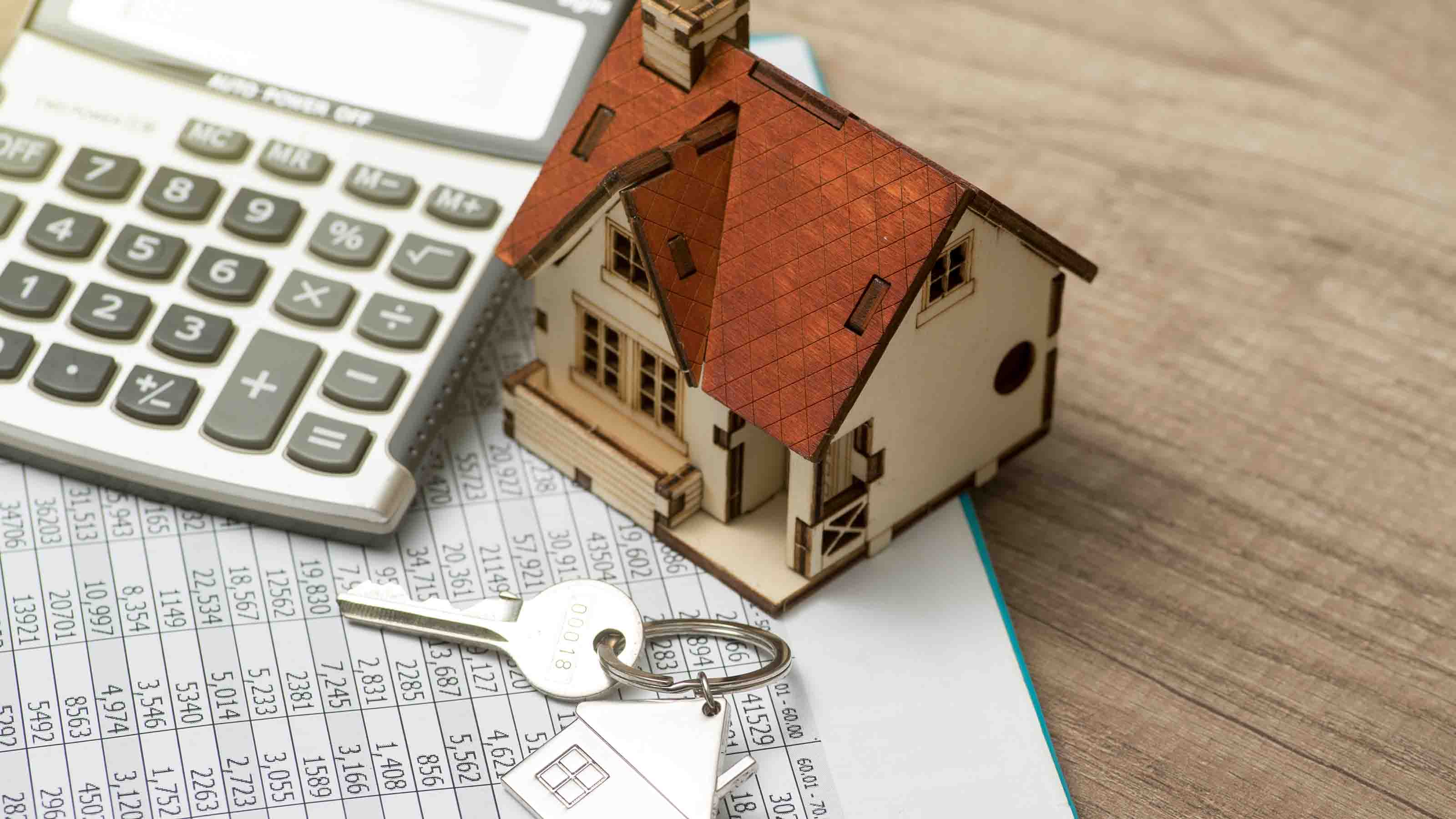 How Much It Costs to Refinance a Mortgage and Other Questions to Consider
How Much It Costs to Refinance a Mortgage and Other Questions to ConsiderRefinancing a mortgage works by replacing your current mortgage with a new one. It can save you money or let you tap the equity in your home, but it can take time to break even after upfront costs.
By Kathryn Pomroy Last updated
-
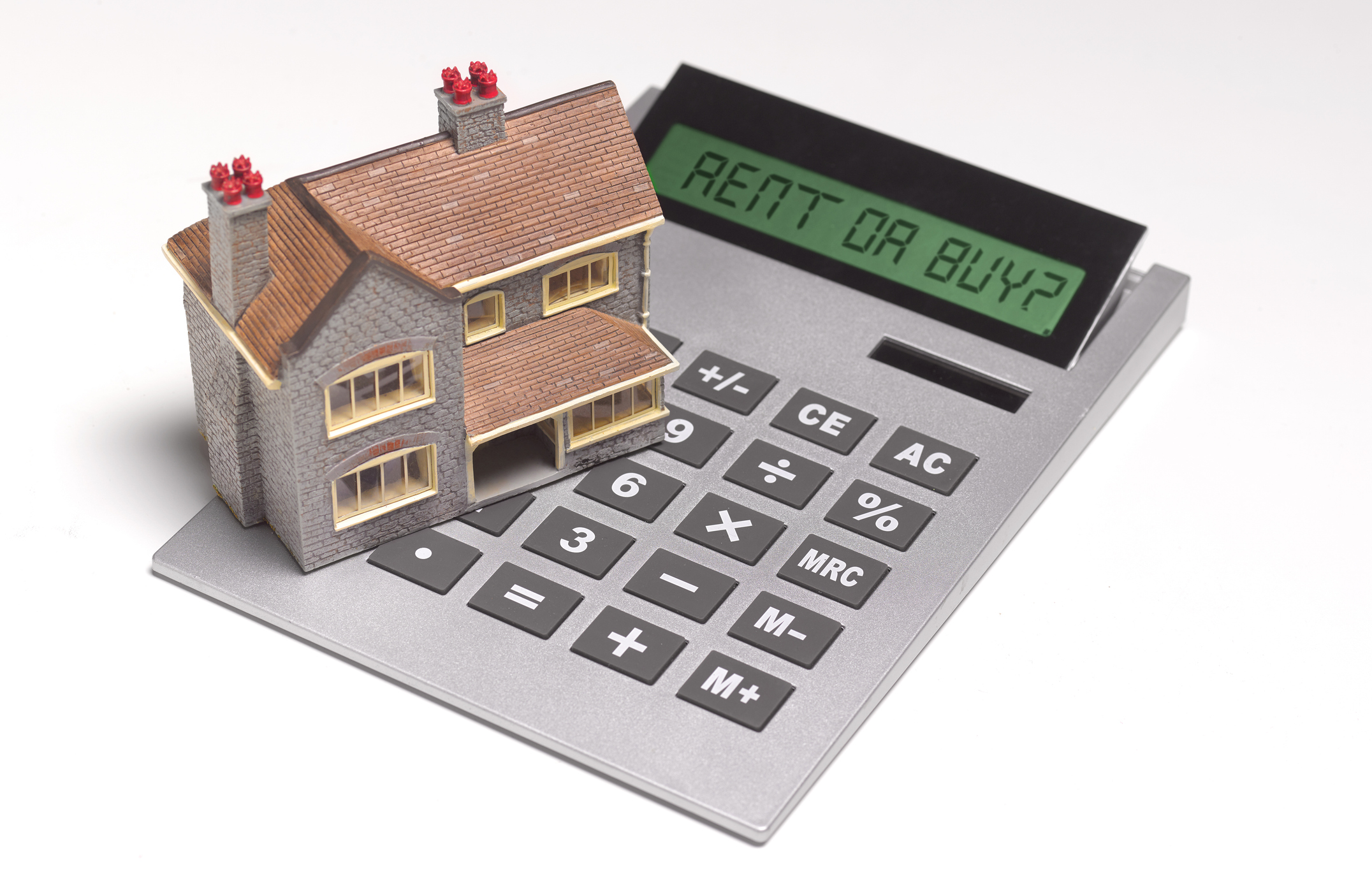 When Renting Is Smarter Than Buying
When Renting Is Smarter Than Buyingreal estate There are some situations when renting is smarter than buying. You're not necessarily throwing your money away when you rent.
By Miriam Cross Last updated
-
 Find the Best 30-Year Mortgage Rates Today
Find the Best 30-Year Mortgage Rates TodayHere are some of the best 30-year mortgage rates today as they've started slowly going down.
By Erin Bendig Last updated
-
 Best Time of Year to Buy A House
Best Time of Year to Buy A HouseYou may find a good home deal at any time of year, but certain seasons or even months have the perfect blend of inventory, supply and price. Here's when to look.
By Donna LeValley Last updated